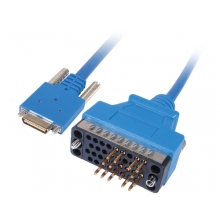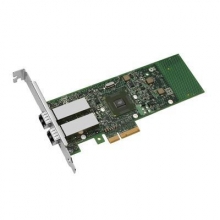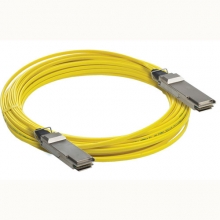- Optical Transceivers
- SFP+ Transceivers
- XENPAK Transceivers
- XFP Transceivers
- X2 Transceivers
- SFP Transceivers
- Compatible SFP
- 3Com SFP
- Alcatel-Lucent SFP
- Allied Telesis SFP
- Avaya SFP
- Brocade SFP
- Cisco SFP
- D-Link SFP
- Dell SFP
- Enterasys SFP
- Extreme SFP
- Force10 SFP
- Foundry SFP
- H3C SFP
- HP SFP
- Huawei SFP
- Intel SFP
- Juniper SFP
- Linksys SFP
- Marconi SFP
- McAfee SFP
- Netgear SFP
- Nortel SFP
- Planet SFP
- Q-logic SFP
- Redback SFP
- SMC SFP
- SUN SFP
- TRENDnet SFP
- ZYXEL SFP
- Other SFP
- FE SFP
- GE SFP
- OC3 SFP
- OC12 SFP
- OC48 SFP
- Copper SFP
- CWDM SFP
- DWDM SFP
- BIDI SFP
- Fiber Channel SFP
- Multi-Rate SFP
- SGMII SFP
- Compatible SFP
- GBIC Transceivers
- Passive Components
- Networking
- Cables
- Equipments
- Tools
- Special Offers


Automatic self configuration
Link Control Protocol (LCP) initiates and terminates connections gracefully, allowing hosts to negotiate connection options. It is an integral part of PPP, and is defined in the same standard specification. LCP provides automatic configuration of the interfaces at each end (such as setting datagram size, escaped characters, and magic numbers) and for selecting optional authentication.
The LCP protocol runs on top of PPP (with PPP protocol number 0xC021) and therefore a basic PPP connection has to be established before LCP is able to configure it.RFC 1994 describes Challenge-handshake authentication protocol (CHAP), which is preferred for establishing dial-up connections with ISPs. Although deprecated, Password authentication protocol (PAP) is still sometimes used.
Another option for authentication over PPP is Extensible Authentication Protocol (EAP) described in RFC 2284.After the link has been established, additional network (layer 3) configuration may take place. Most commonly, the Internet Protocol Control Protocol (IPCP) is used, although Internetwork Packet Exchange Control Protocol (IPXCP) and AppleTalk Control Protocol (ATCP) were once very popular.[citation needed] Internet Protocol Version 6 Control Protocol (IPv6CP) will see extended use in the future, when IPv6 replaces IPv4's position as the dominant layer-3 protocol.



















































